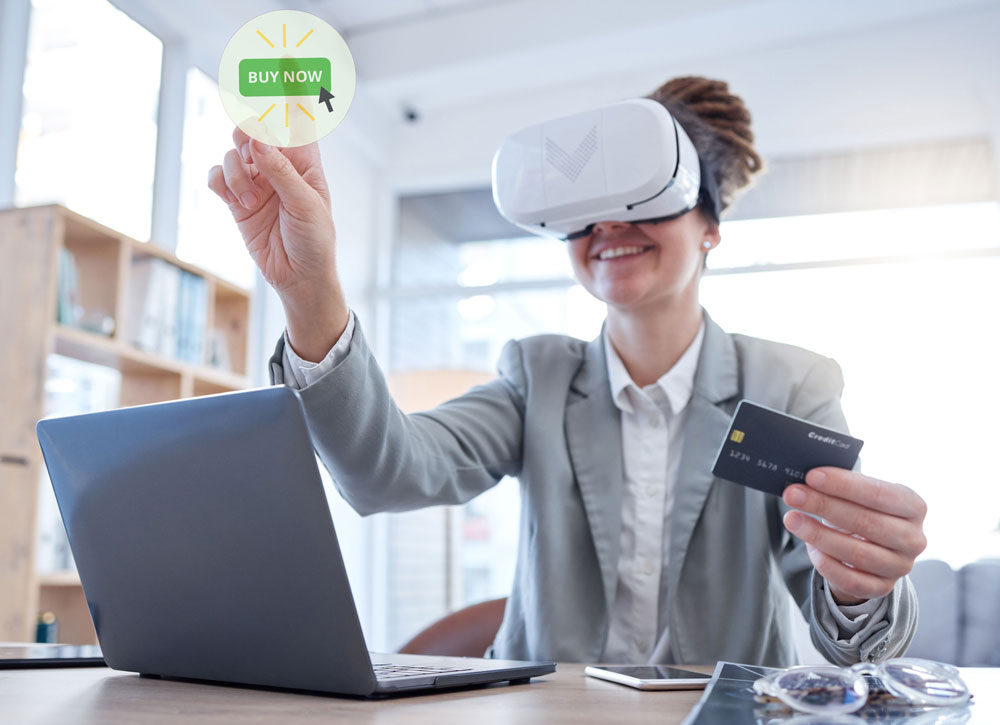Category: Cutting Edge Technologies

AR/VR in Financial Services: Banking Applications
Posted on April 1, 2024 by Shashikant Kalsha
The BFSI sector is among the quickest respondents when it comes to technology adoption. From electronic transactions to mobile app banking, the BFSI sector has always kept evolving, making banking, financial transactions, investments, etc., even more straightforward and tech-based for its customers. What next, now? The banking sector is geared up to embrace the next […]